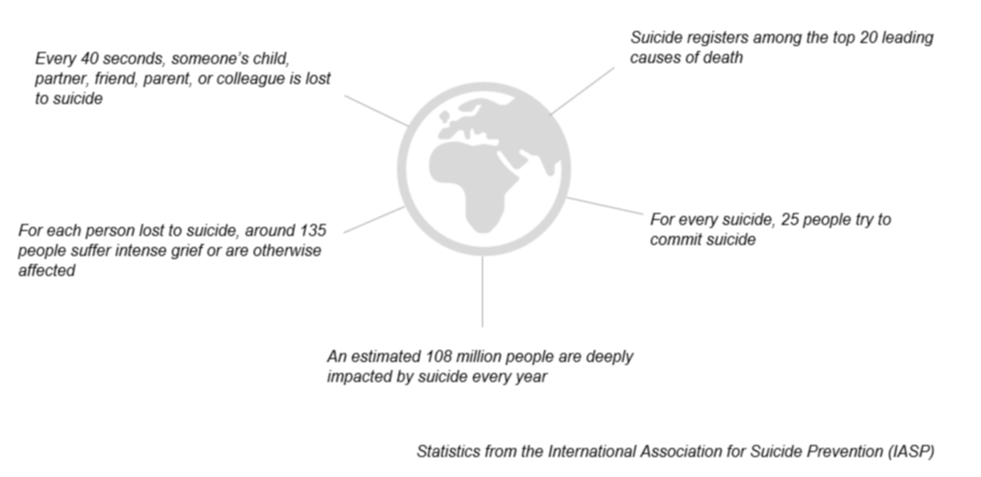| People are often reluctant to intervene, worrying their input could make things worse. Perhaps it can feel tricky to know what the right thing is to say. The International Association of Suicide Prevention (IASP) has created a short film called ‘Step Closer’ which harnesses an encouraging message of how connections and connecting to others can be one of the simplest ways to support someone who is experiencing suicidal thoughts. You can watch the film here. It is only 1 minute 52 seconds long.
Learn the signs
There are signs we can look out for when it comes to suicide. Emergency signs include someone threatening to hurt themselves or talking of wanting to die. Warning signs may include hopelessness, withdrawing, an increase in anxiety, agitation, or an increase in risk-taking activities. If someone is acting out of the ordinary, one of the most supportive things we can do is notice this and support that person to get the help they need.
Know how to help
The campaign ‘Take 5 to Save Lives’ suggests the following steps:
- Ask if the person is thinking about suicide. Be direct, using statements which are not fluffy. Ask “have you had thoughts of suicide?”, “have you thought about when you would do it?” and “do you ever feel so bad that you think about suicide?” This can be a difficult conversation to launch in to. How about starting with: “you haven’t seemed like yourself recently – is anything going on?”, or “I’m worried about you, are you okay?”
- Listen without judgement. Let the person talk without interruption and make them feel heard. Avoid minimising, shaming, sharing your opinion, arguing or challenging the person, preaching or prophesying and making promises. Let the person speak and make them feel heard.
- Respond with kindness and care. Always take the person seriously. Stay calm, acknowledge the pain the person is experiencing as real. Convey care, stay and be with the person while they need you. Supportive statements such as, “I may not understand exactly how you feel, but I care about you and want to help”, are useful here.
- Follow-up with the person and support where you can; but not above your ability. If someone is considering taking their life, it will be important for crisis intervention services to take the lead. Their feelings and their responses are not your sole responsibility. You can continue to ask, listen and respond, where helpful.
|





